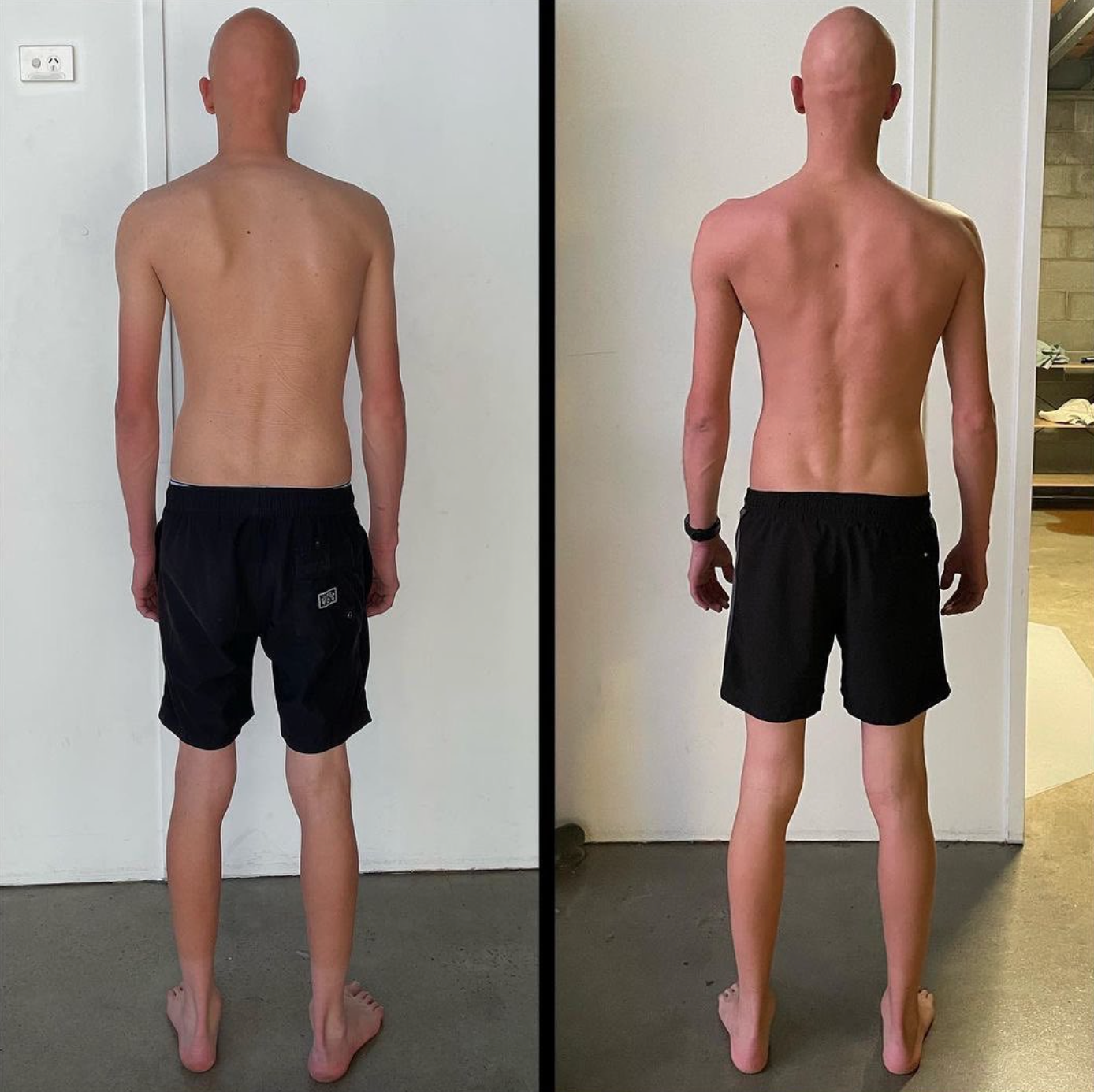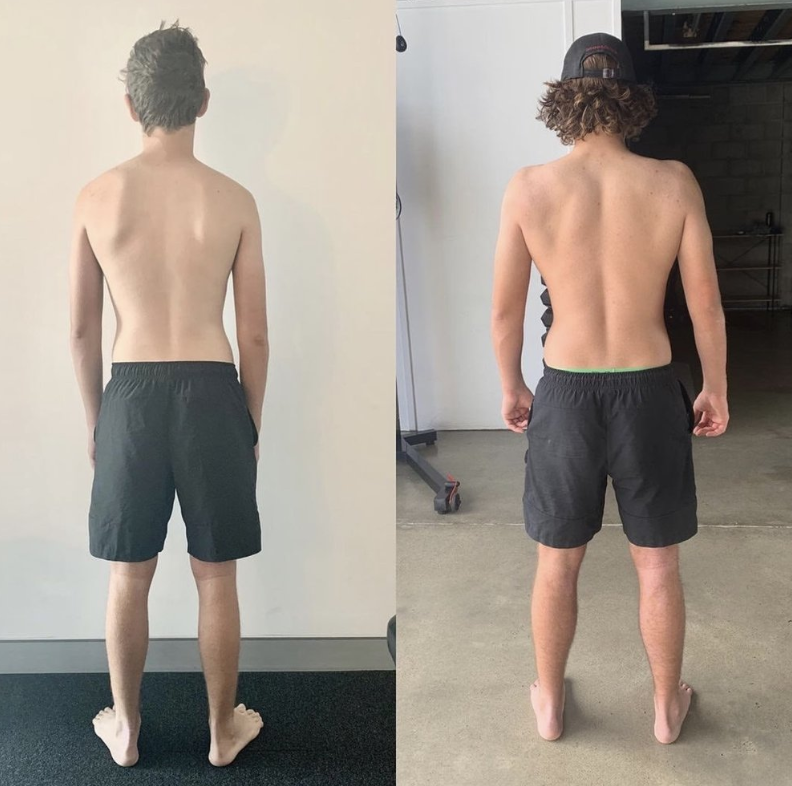How to Correct Scapular Winging: Why Typical Exercises Often Fall Short
Scapular winging, or scapula alata, is when the shoulder blades stick out rather than resting flat against the rib cage. This condition is abnormal and can lead to discomfort and movement limitations.
Most people turn to standard scapular winging exercises to address the issue. However, many of these approaches miss the mark in targeting the root causes. Here’s why the typical exercises for a winged scapula often fail and what you should consider instead for lasting improvement.
Why Standard Scapular Winging Exercises Don’t Deliver Results
Common exercises prescribed for scapular winging include:
Wall push-ups
Scapular retractions
Serratus anterior activation
While these exercises may seem logical, they often fail to integrate functional, full-body movements. Here’s a breakdown of why these approaches may not work:
Wall Push-Ups: Often used to test for scapular winging, but they don’t promote integration of the shoulder blades with the rest of the body. They typically neglect the role of thoracic rotation, which is essential for proper scapular movement.
Serratus Anterior Activation: This exercise isolates the serratus anterior but doesn’t consider its role within broader shoulder movements. Without addressing the connection between the shoulder and the torso, isolation exercises like this one often fail to stabilize the scapula effectively.
Scapular Retraction: Retraction exercises overlook the dynamic rotation and pressure systems necessary for scapular stability. To hold the scapula against the rib cage, a coordinated series of movements is required, which isolated retraction exercises simply don’t address.
These exercises tend to treat scapular winging as a local muscle weakness rather than a symptom of full-body dysfunction.
Before: Traditional Approach To Scapular Winging → After: Using the Functional Patterns
The Root Causes of Scapular Winging
The key to correcting scapular winging lies in understanding how your entire body functions as an integrated system. Functional training identifies several root causes that traditional exercises often overlook:
Internal Pressure Dysfunction
One significant contributor to scapular winging is improper internal pressure. Without sufficient intra-abdominal pressure (IAP), the body can’t stabilize the shoulder blades effectively. Rather than isolating the shoulder muscles, effective exercises should focus on building IAP through practices that align breathing, posture, and full-body coordination.Inefficient Breathing Patterns
Breathing impacts more than just your respiratory system—it affects shoulder stability too. Shallow, chest-focused breathing can restrict the rib cage, limiting the scapula’s ability to remain stable. A focus on proper diaphragmatic breathing helps expand the rib cage and release spinal compression, which, in turn, allows the scapula to anchor securely.Reduced Thoracic Rotation
Scapular function relies heavily on thoracic rotation, particularly during daily activities like walking or reaching overhead. A compressed or immobile thoracic spine disrupts the scapula’s natural movement. Correcting this involves exercises that promote spinal rotation, alleviating compression, and enhancing shoulder mobility.
Scapular Winging Correction Using Functional Patterns
Exercises that Effectively Address Scapular Winging
If you’re aiming to correct scapular winging, functional exercises that integrate stability, mobility, and coordination across the whole body are essential.
Spinal Decompression
Decompressing the spine alleviates unnecessary pressure on the shoulder joints and rib cage, allowing the scapula to move freely. This helps correct scapular dyskinesis by balancing out the forces acting on your shoulder blades.Thoracic Rotation Workouts
Restoring spinal rotation improves scapular movement. Unilateral movements, such as step presses, that engage the core, shoulder blades, and hips, retrain the body for more fluid motion.Intra-Abdominal Pressure (IAP) Training
Effective IAP training connects the rib cage and pelvis, enabling natural scapular stability. Movements like Functional Patterns’ step press engage the entire body, allowing the scapula to stabilize in line with proper pressure management. Learning to maintain this tensioned integration is key for sustainable scapular correction.
Scapular Winging Correction Using Functional Patterns. Result by Jen Calleja
A Holistic Approach to Scapular Winging
Correcting scapular winging requires a shift from isolating exercises to functional movements that target the entire body’s mechanics. Improving internal pressure, spinal alignment, and full-body integration is the foundation of a sustainable approach.
If traditional scapular winging rehab hasn’t worked, it’s time to consider a functional approach. Train with exercises that synchronize your body as a whole, support proper posture, and allow your scapula to perform as intended—stable, secure, and in harmony with your overall movement.
Scapular Winging Correction using Functional Patterns \




